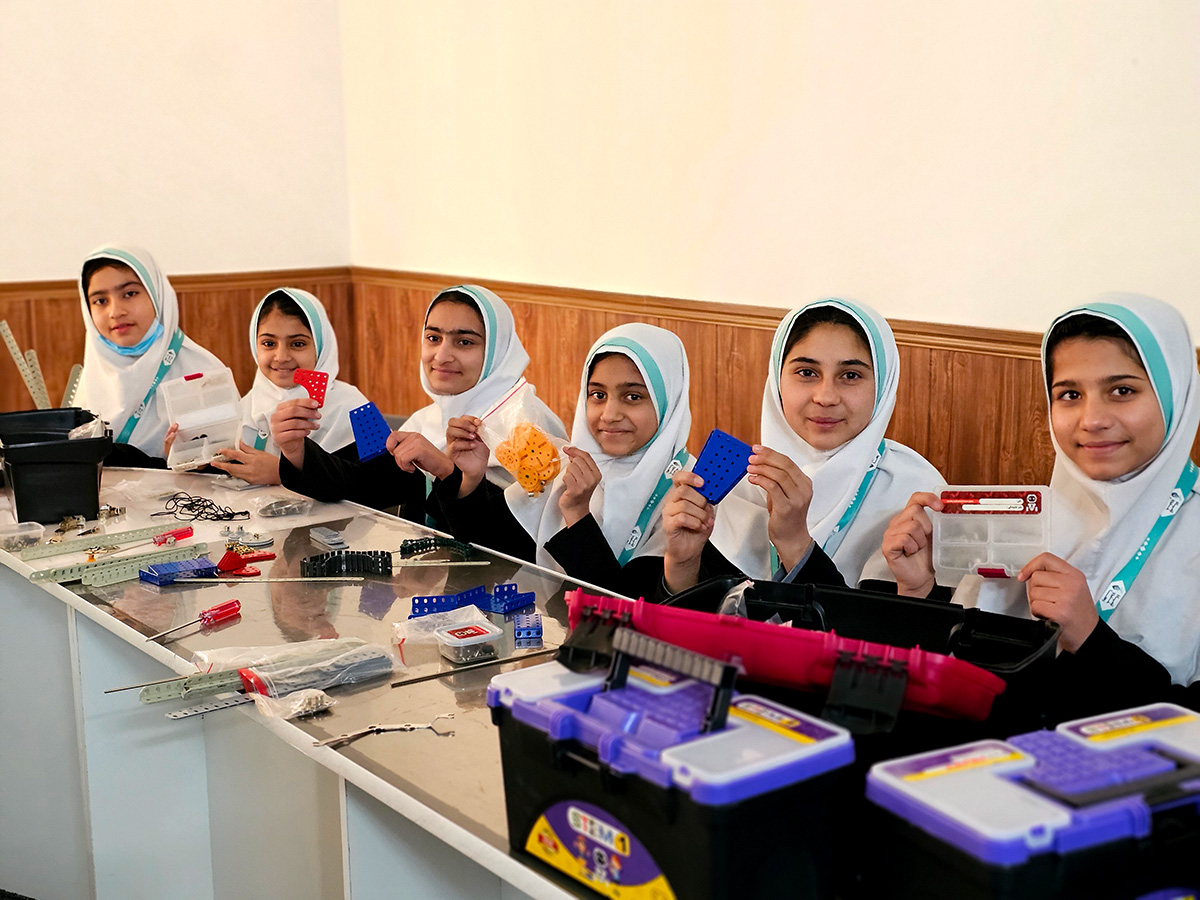
Aug, 2024
Robotic Program
A robot, once conceived as laborer in fiction, is now an advanced electromechanical system capable of intelligent decision-making across diverse environments.
A robot, once conceived as laborer in fiction, is now an advanced electromechanical system capable of intelligent decision-making across diverse environments. Robotics, an interdisciplinary field merging mechanics, electronics, and computer science, has grown into one of the most transformative technologies of the modern era. Its innovations have reshaped nearly every sector of society, from industrial processes to healthcare and disaster management. The rapid evolution of artificial intelligence (AI), now a core component of robotics, further enhances its capabilities, making robots indispensable in solving complex, real-world challenges.
The progression of robotics from the imaginative characters of 18th-century literature to today’s sophisticated machines reflects the remarkable strides humanity has made in technology. Modern robots, equipped with sensors, algorithms, and processing power, now perform tasks that were once not only unimaginable but also extremely hazardous or labor-intensive for humans. Robotics now serves as an essential force across multiple industries, delivering efficiency, precision, and safety.
Key applications of robotics include:
1. Firefighting Robots: In environments where danger exceeds safe limits for human intervention, robots take on life-saving roles. Drones, humanoid robots, and autonomous firefighting vehicles are used in high-rise fires or remote forest fires, where direct human access is restricted. These robots can assess, control, and extinguish fires without risking human lives.
2. Mining Robots: Mining remains one of the world’s most dangerous occupations, causing thousands of fatalities each year. In some nations, robots have revolutionized mining by conducting excavation, exploration, and material transport. These robots work tirelessly in hazardous environments, reducing the risk to human workers and enhancing operational safety.
3. Rescue Robots: In the aftermath of disasters such as earthquakes, explosions, or building collapses, rescue robots play a vital role in search and recovery operations. These robots can safely navigate dangerous terrain, locate survivors, and deliver essential supplies like food, water, and medicine, offering critical support without endangering rescuers.
4. Medical Robots: The healthcare industry has experienced groundbreaking changes thanks to robotics. Robots assist in diagnostics and treatment, with technologies such as MRI, CT scans, and robotic surgery systems now standard in modern medicine. These innovations have improved the precision and efficacy of patient care.
These examples highlight just a few of the countless applications of robotics. The field also spans transportation, defense, meteorology, and more, making the 21st century the true era of robotics and AI. As these technologies become deeply embedded in everyday life, the need for specialized education is critical.
In response, Raha Charity Foundation offers a cutting-edge robotics curriculum, including courses in mechanics, electronics, and intelligent programming, designed to meet international standards and prepare students for the future of this dynamic field.

















